Incorporate a fueling plan with your training schedule

Contributor: Kate Patton, MEd, RD, CSSD, LD
Advertisement
Cleveland Clinic is a non-profit academic medical center. Advertising on our site helps support our mission. We do not endorse non-Cleveland Clinic products or services. Policy
Achieving success in endurance racing requires months of training, conditioning and planning. Cyclists training for an endurance event often have their workout schedule planned out months in advance, but it is not as common to have a fueling plan incorporated into that workout schedule. Planning and practicing what you eat and drink during your training can make a difference in whether you earn a PR on race day.
Consistently fueling your body with the right amount of nutrients at the right time will allow your body to adopt and efficiently use fuels so you can perform your best.
Cyclists riding for longer than 60 minutes need to start to fuel after one hour. Research is inconclusive on whether fueling during exercise less than 60 minutes is beneficial to performance. But research shows that consuming carbohydrates during exercise lasting longer than 60 minutes improves metabolic response and athletic performance.
Your body needs carbohydrates from glucose and fat from muscle triglycerides to energize itself during prolonged exercise. The good news is your body has plenty of glucose and fat stored. The bad news is it is not enough for long-distance training.
A small amount of glucose is in the bloodstream, while most is stored as glycogen in the muscles and liver. As you exercise, your body breaks down glycogen into glucose for energy. Once glycogen stores are depleted, your body runs out of fuel and you will begin to feel tired.
Advertisement
Consuming carbohydrates while you exercise will prevent glycogen depletion. During lower-intensity riding, the body actually uses more energy from the breakdown of muscle triglycerides. For those who have been endurance riding for years, your body will be able to increase energy production from fat rather than glycogen, which will postpone glycogen depletion.
If you don’t consume enough glucose for the energy that you’re expending, your performance and training will be compromised. This is called bonking or hitting a wall.
Without enough energy, the body relies on fat and lean muscle for fuel. Decreased lean-muscle mass decreases strength, endurance and musculoskeletal function, which will decrease performance. Fat as a fuel source does not necessarily come to the rescue of a bonked athlete. Fat takes longer to convert into energy when compared to glycogen, causing the athlete to not get fuel as quickly as it is needed.
The American College of Sports Medicine, American Dietetic Association and Dietitians of Canada recommend consuming 30 to 60 grams of carbohydrates from glucose or glucose and fructose each hour of endurance exercise.
Be forewarned that consuming sources of fructose only, such as honey, raisins and dried apricots, is not recommended due to risk of diarrhea. Convenient sources include sports drinks, gels and chews, or fruit.
Remember, what works for one athlete may not work for another. An athlete’s gender, type of activity performed, intensity, duration, frequency and fitness level affect metabolism and energy needs.
Plan what you are going to fuel with during your workouts and record what you consumed so that you can identify what may have helped you negative split or what made you split to the bathroom.
Once you pinpoint what fuels you best, you will be more likely to succeed on race day.
Advertisement
Learn more about our editorial process.
Advertisement

A type of high-intensity interval training, fitness boxing can challenge your body and mind
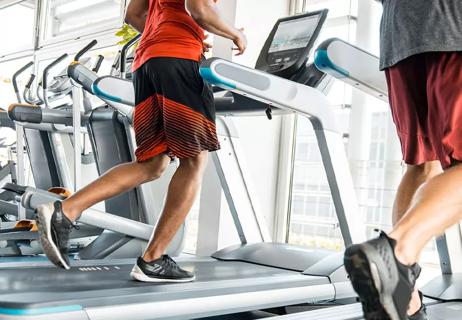
Running doesn’t cause knee arthritis, but you can take steps to minimize cartilage damage
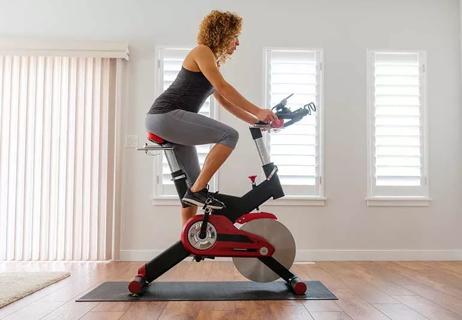
Fit, duration and positioning are more important than you might think
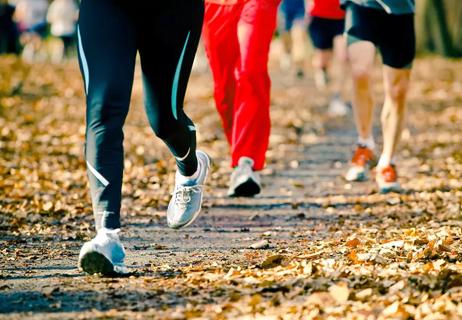
What you should know before hitting a race before the big Thanksgiving meal

How to make the most out of cycling
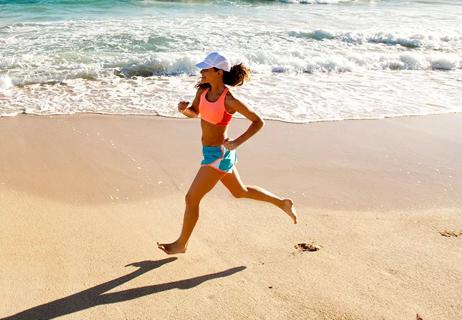
As a training tool, ditching your shoes could help you build better running form to avoid injury

Fast facts for anyone starting a running routine

Why aren’t mental health issues taken as seriously as physical issues?
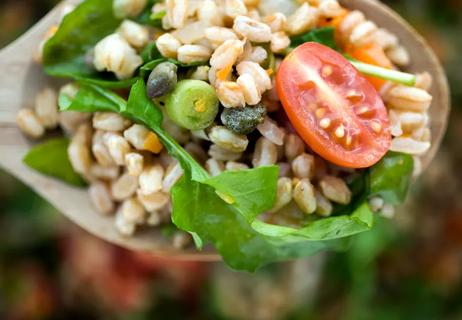
Type 2 diabetes isn’t inevitable with these dietary changes

Applying a hot or cold compress can help with pain